Analysis and optimization of business processes = Анализ и оптимизация бизнес-процессов
Автор: Марина Романенко
Форматы: PDF
Издательство: Северо-Кавказский Федеральный университет (СКФУ)
Год: 2016
Место издания: Ставрополь
Страниц: 154
Артикул: 22658
Возрастная маркировка: 16+
Краткая аннотация книги "Analysis and optimization of business processes"
Textbook (course of lectures) on the subject "Analysis and optimization of business processes" is developed in accordance with the program of discipline for students of direction of training of master 09.04.02 – Information systems and technologies. Lectures the proposed tutorial include the plan of the lectures, the necessary theoretical information and questions for discussion.
Содержание книги "Analysis and optimization of business processes"
Introduction
PART I. FOUNDATION
TOPIC 1. MOTIVATION AND DEFINITIONS
1.1. Management of business process
1.2. Business Process Lifecycle
1.3. Design and Analysis
TOPIC 2. BUSINESS PROCESS MODELLING FOUNDATION
2.1. Conceptual Model and Terminology
2.2. Abstraction Concepts
2.2.1. Horizontal Abstraction
2.2.2. Vertical Abstraction
2.3. From Business Functions to Business Processes
TOPIC 3. ACTIVITY MODELS AND ACTIVITY INSTANCES
3.1. Process Models and Process Instances
3.2. Modelling Process Data
3.2.1. Modelling Data
3.2.2. Workflow Data Patterns
3.3. Modelling Organization
3.3.1. Direct Allocation
3.3.2. Role-Based Allocation
3.3.3. Deferred Allocation
3.3.4. Authorization
3.3.5. Separation of Duties
3.3.6. Case Handling
3.3.7. History-Based Allocation
3.3.8. Organizational Allocation
3.4. Modelling Operation
TOPIC 4. BUSINESS PROCESS FLEXIBILITY
4.1. Explicit Process Representations
4.2. Organizational Modelling66
4.3. Standardized Software Interfaces
4.4. Architecture of Process Execution Environments
PART II. BPMN METHOD AND STYLE TOPIC 5. ABOUT BPMN
5.1. BPMN Tools
5.2. BPMN stands for Business Process Model and Notation
5.3. The Paradox of BPMN
TOPIC 6. METHOD AND STYLE
6.1. The Long Road to BPMN 2.0
6.2. Business Process Modeling Is More Than BPMN!
6.3. How Does A Model Mean
6.4. BPMN's Hidden Conceptual Framework
6.5. What Is an Activity
6.6. What Is a Process
6.7. Process Logic
6.8. Orchestration
6.9. The Questions BPMN Asks
TOPIC 7. BPMN LEVELS AND PROCESS MODELING CONFORMANCE SUBCLASSES
7.1. A Simple Order Process
7.2. Exceptions and End States
7.3. Swimlanes and Activity Types
7.4. Subprocesses
7.5. Process Levels and the Hierarchical Style
7.6. Parallel Split and Join
7.7. Collaboration and Black-Box Pools
7.8. Start Events and the Process Instance
7.9. The Top-Level Diagram
7.10. Palette
7.11. Activity
7.12. Task
7.13. Manual vs. User Task
7.14. Script vs. Service Task
7.15. Business Rule Task
7.16. Subprocess
7.17. A subprocess start event must have a None trigger
7.18. Parallel Box and Ad-Hoc Subprocess
TOPIC 8. VISUALIZE END-TO-END PROCESS
8.1. Enable top-down modeling
8.2. Clarify governance boundaries
8.3. Scope event handling
8.4. Call Activity
8.5. Gateway
8.6. Exclusive Gateway
8.7. Parallel Gateway
TOPIC 9. START EVENT
9.1. Message Start Event
9.2. Timer Start Event
9.3. Multiple and Multiple-Parallel Start Event
9.4. Alternative Start Events
9.5. End Event
9.6. None End Event
9.7. Message End Event
9.8. Terminate End Event
9.9. Multiple End Event
9.10. Sequence Flow
9.11. Message Flow
9.12. Pool
9.13. Lane
9.14. Data Object and Data Store
9.15. Documentation, Text Annotation, and Group
9.16. Goals of the Method
9.17. Hierarchical Top-Down Modeling
9.18. End State
The list of references
Opinion on the course of lectures
Все отзывы о книге Analysis and optimization of business processes : курс лекций
Отрывок из книги Analysis and optimization of business processes : курс лекций
24 Certain parts of a business process can be enacted by workflow technology. A workflow management system can make sure that the activities of a business process are performed in the order specified, and that the information systems are invoked to realize the business functionality. This relationship between business processes and workflows is represented by an association between the respective classes. We argue that workflow is not a subclass of business process, since a workflow realizes a part of a business process, so a workflow is not in an “is-a” relationship with a business process, but is an association. With regard to the types of activities mentioned, system activities are associated with workflows, since system activities can participate in any kind of workflow, system workflow or human interaction workflow. User interaction activities and manual activities, however, can only participate in human interaction workflows. 2.2. Abstraction Concepts To capture the complexity in business process management, different abstraction concepts are introduced. A traditional abstraction concept in computer science is the separation of modelling levels, from instance level to model level to metamodel level, denoted by horizontal abstraction. Even when using horizontal abstraction, separate subdomains need to be investigated. In order to follow the divide-and-conquer approach, these subdomains need to be represented separately. Aggregation can also be used to cope with complexity, motivating another type of abstraction. At a higher level of abstraction, multiple elements of a lower level of abstraction can be grouped and represented by a single artefact. For example, a set of functional activities of small granularity can contribute to a particular business function at a higher level of granularity: a coarse-grained business function “order management” might aggregate many smaller-gr...
С книгой "Analysis and optimization of business processes" читают
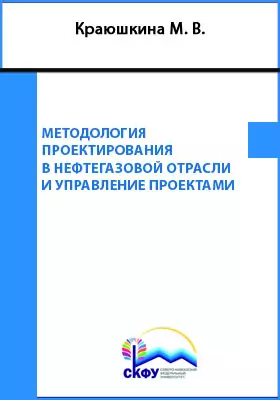



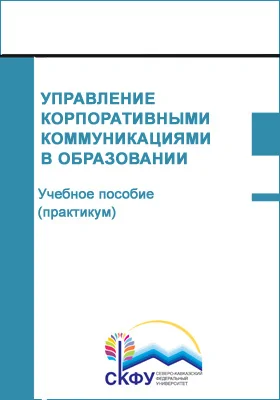



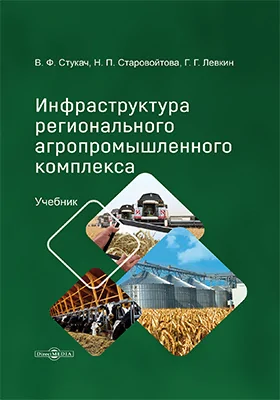

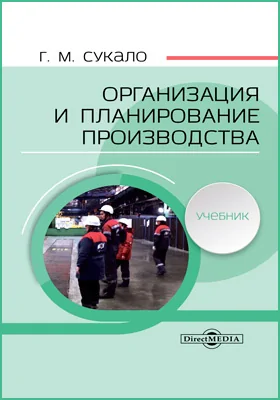

Бестселлеры нон-фикшн
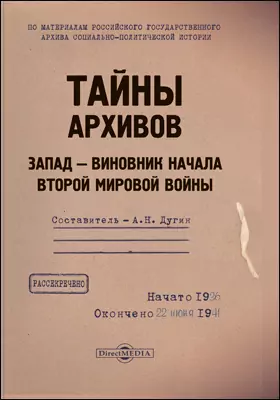

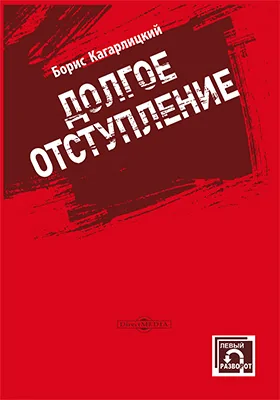



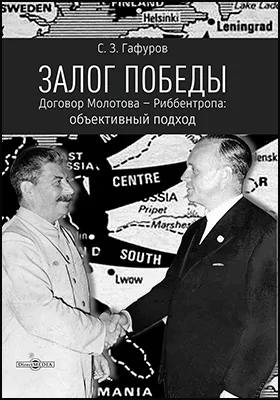






Новинки книги нон-фикшн

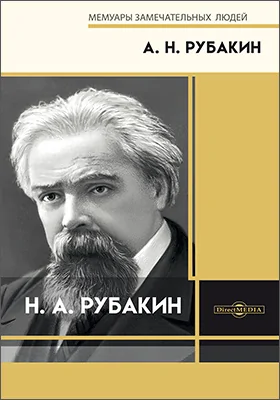





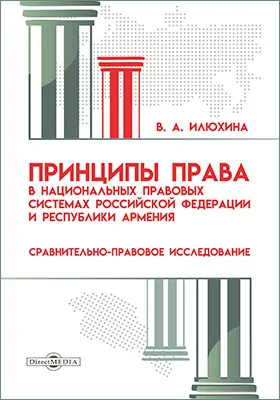
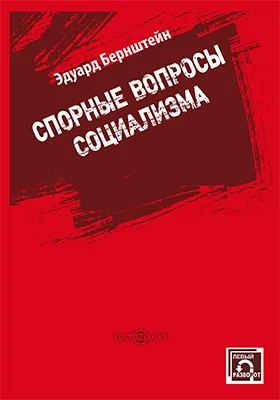
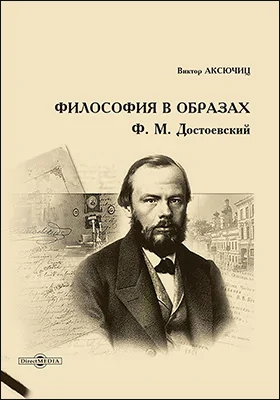

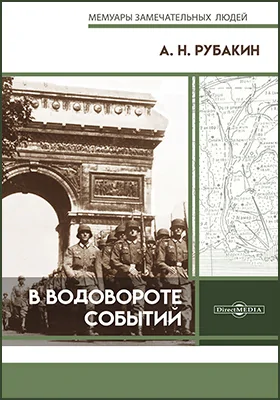

и мы свяжемся с вами в течение 15 минут
за оставленную заявку

